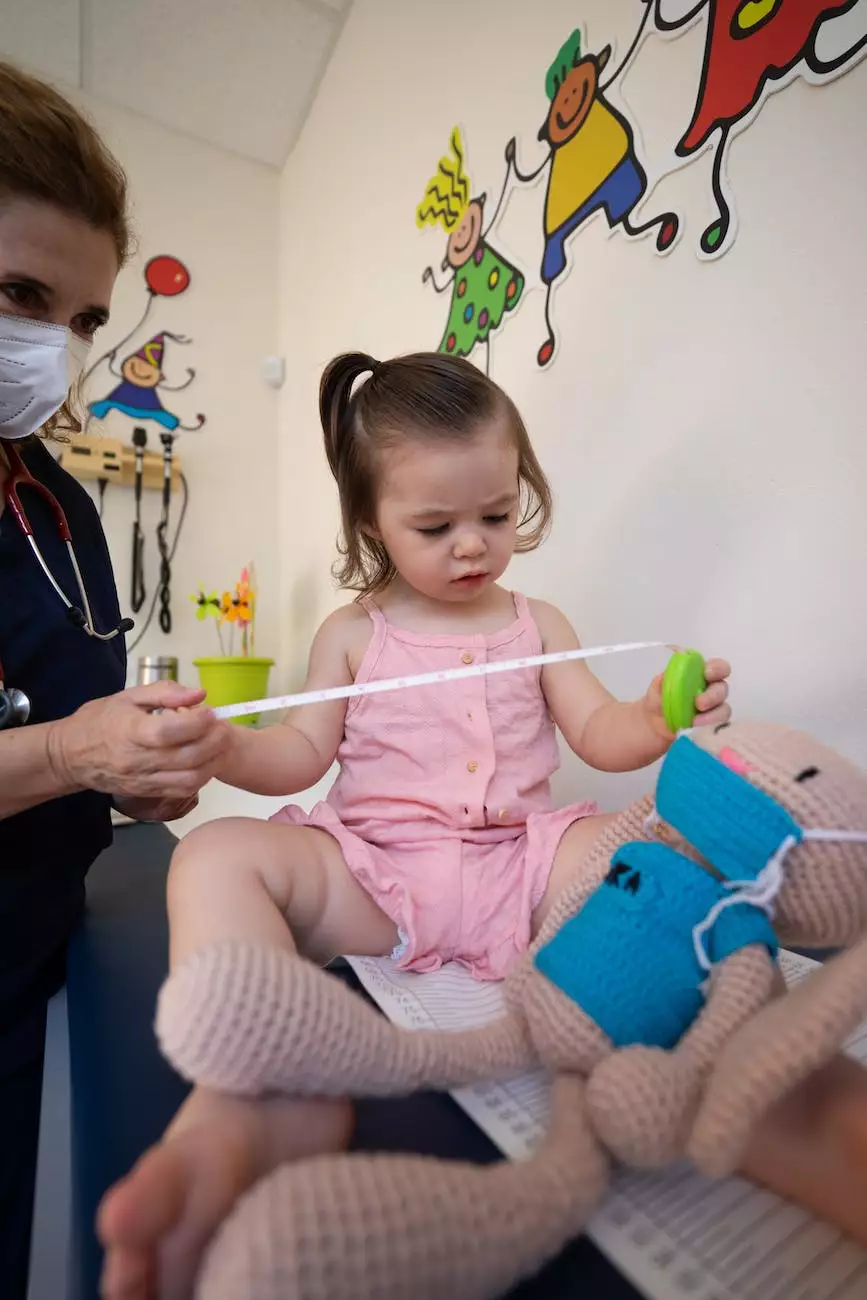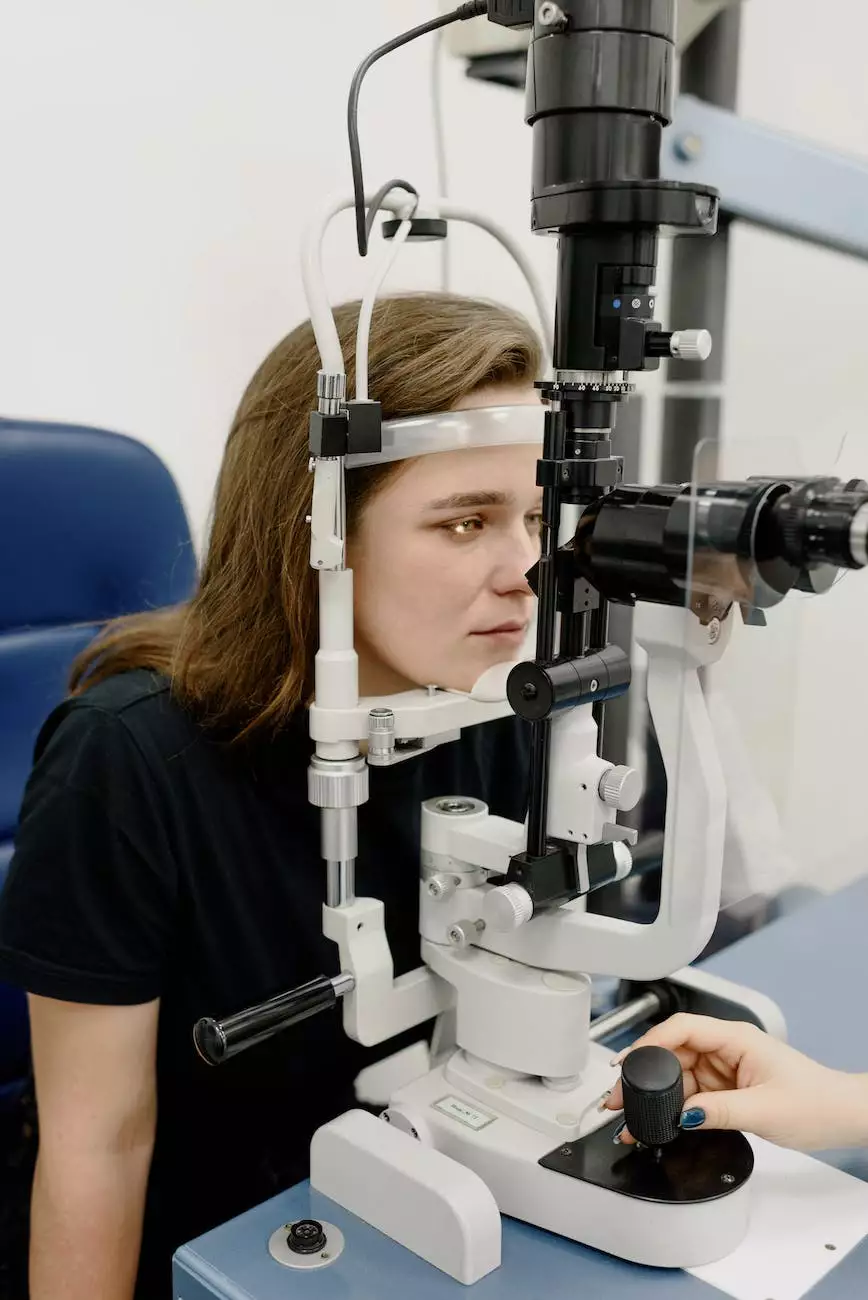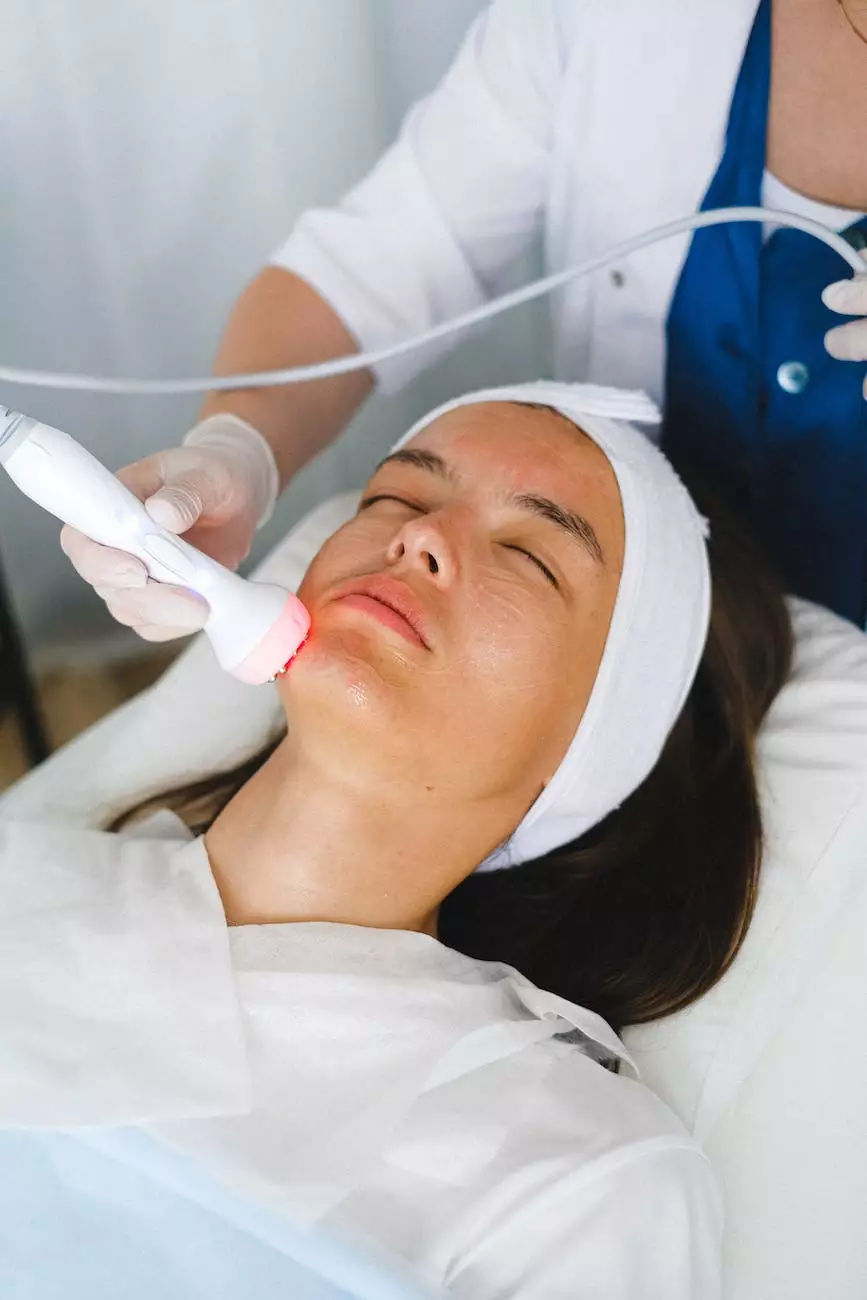Understanding the Side Effects of Deep Vein Thrombosis

Introduction
Welcome to Vein Center of Arizona, where our team of dedicated doctors specializes in Vascular Medicine. In this comprehensive article, we will delve into the topic of deep vein thrombosis (DVT) and its side effects. Our aim is to provide you with valuable information that can help you better understand this condition and make informed decisions regarding its treatment.
What is Deep Vein Thrombosis (DVT)?
Deep vein thrombosis (DVT) refers to the formation of blood clots within deep veins, typically in the legs or pelvis. These clots can partially or completely block blood flow, leading to a range of side effects and potential complications.
Common Side Effects of DVT
DVT can result in various side effects, which may vary depending on the severity of the condition and individual factors. Here are some of the most common side effects associated with DVT:
Blood Clot Migration
One of the primary concerns with DVT is the potential migration of blood clots. If a clot dislodges from its initial location, it can travel through the bloodstream and reach other parts of the body, causing serious complications. Clots reaching the lungs, known as pulmonary embolism, can be life-threatening.
Leg Swelling and Pain
Swelling and pain in the affected leg are common side effects of DVT. The presence of a blood clot can lead to inflammation, resulting in discomfort, tenderness, and visible swelling in the leg. It's important to note that not all cases of leg swelling or pain are necessarily indicative of DVT, but they should be evaluated by a qualified medical professional for accurate diagnosis.
Changes in Skin Color and Temperature
DVT can lead to changes in the color and temperature of the affected leg. The skin may appear red, purple, or blue, and it might feel warmer or cooler to the touch compared to the unaffected leg. These changes occur due to impaired blood flow caused by the clot.
Visible Vein Enlargement
In some cases, DVT can cause visible enlargement of the veins, particularly in the affected leg. This is often accompanied by a bulging or knotted appearance of the surface veins. Seek medical attention if you notice any unusual vein changes, as it could be a sign of DVT.
Chronic Pain and Discomfort
While acute pain is commonly experienced in the early stages of DVT, some individuals may continue to experience chronic pain or discomfort even after the clot has been treated. It's important to address any persistent pain, as it can significantly impact the quality of life and require additional medical intervention.
Methods to Minimize Side Effects of DVT
The management of DVT includes both medical intervention and lifestyle modifications. Here are some approaches that can help minimize the side effects of DVT:
Anticoagulant Medication
Anticoagulant medication, commonly known as blood thinners, is often prescribed to prevent the growth of existing blood clots and reduce the risk of new clots forming. These medications help prevent further complications related to DVT, but their use should be closely monitored by medical professionals.
Compression Stockings
Compression stockings are specialized garments designed to exert pressure on the legs, improving blood circulation and reducing swelling. Wearing compression stockings as recommended by your healthcare provider can provide relief from DVT-related leg symptoms.
Elevating the Legs
Raising the affected leg above the heart level can help reduce swelling and improve blood flow. This simple technique can be incorporated into your daily routine to alleviate discomfort caused by DVT.
Regular Exercise
Engaging in regular low-impact exercises, under the guidance of your doctor, can promote blood flow and prevent DVT-related complications. Activities such as walking, swimming, and cycling are beneficial for individuals with DVT.
Dietary Changes
A well-balanced diet plays a vital role in maintaining overall health, including vascular health. A diet rich in fruits, vegetables, whole grains, and lean proteins can support your recovery from DVT and contribute to better long-term outcomes.
Conclusion
Deep vein thrombosis (DVT) is a condition that requires prompt medical attention due to its potential side effects and complications. If you suspect you may have DVT or experience any related symptoms, it's important to consult a qualified healthcare provider for a proper diagnosis and personalized treatment plan.
At Vein Center of Arizona, our experienced doctors, specializing in Vascular Medicine, are dedicated to providing comprehensive care for individuals with DVT and other vascular conditions. By seeking professional help and following the recommended treatment strategies, you can effectively manage DVT and minimize its side effects.
Contact Vein Center of Arizona today and take a proactive step towards improving your vascular health.










